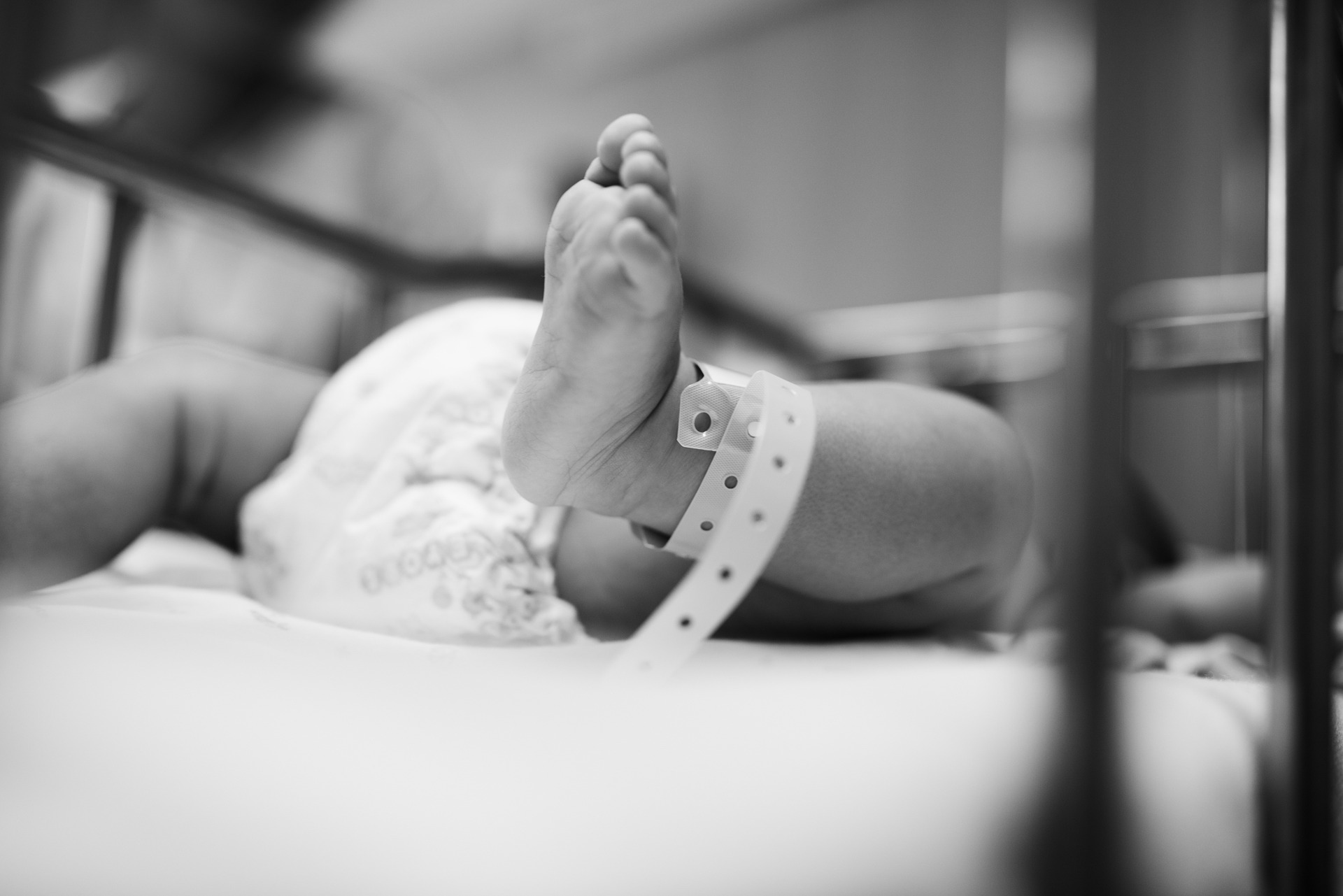
In Costa Rica, we don’t have other centers besides hospitals where women can give birth free of violence. However, more and more women prefer not to go to a public hospital and look for options in private centers with obstetricians who align with their wishes when giving birth or they choose to have the baby at home.
The most recent statistics from the National Institute of Statistics and Censuses show that home births in 2021 were almost double those of 2020, and this should catch the attention of health authorities so that they listen to what women want.
Some testimonies show that one of the reasons for choosing to give birth at home is to avoid being victims of obstetric violence.
In my office as a general practitioner, I see 3 to 4 women a month who say they have endured some type of obstetric violence or unnecessary operations during their pregnancy, childbirth and even during prenatal care in hospitals of the Costa Rican Social Security Fund (CCSS).
The country registered 54,288 births in 2021, of which 58% reported obstetric violence and 35% reported intervention without consent.
In addition to this, many women experience anguish because they haven’t been able to establish successful breastfeeding with their babies after being separated from them due to a Cesarean section that may have been unnecessary.
CCSS is a public institution that strives to prioritize primary care in timely diagnosis and treatment actions. Thanks to this, it has managed to catch women with increasingly complex pregnancies to receive close care and thus reduce maternal and infant mortality rates.
However, it continues to fail in the two most important actions of the primary care model: promoting health and preventing disease.
The current model is aimed at viewing pregnancy as a medical problem and treating the conditions that accompany it as an illness; for example, for many obstetricians, a baby that appears large compared to the mother’s body is already a reason to suggest a C-section.
Physiological changes during pregnancy such as dilutional anemia, negative changes in blood glucose levels and blood pressure can be criteria for high-risk pregnancies. The last two of these variables can be adjusted with nutritional help and good guidance. Many women don’t share this view so they educate themselves and look for a better path for themselves and their babies.
For healthy women, intervention procedures should be as minimal as possible and childbirth should take place in a calm environment, where the pregnant woman can move freely and feel as comfortable and safe as possible. The current scenario is one in which not much information is provided to women about the procedures and is done so verbally. Many women don’t even have the possibility of attending a childbirth workshop and the environment in which they give birth borders on submission.
It’s a good idea for us to also look at other models in which being a midwife and its foundations are part of a professional career that has a positive impact on maternal and infant mortality rates.
These models allow pregnant women to get closer to a more realistic concept of primary care during pregnancy from an early stage.
Women have the right to have a humane birth in the way they want to feel safer, regardless of where they are cared for, as long as they are assisted by qualified and trained personnel and with all the conditions and freedoms that the mother and baby need.
Gynecologist and obstetrician Mónica Solís explains that a respected childbirth takes into account the woman’s values, beliefs and feelings, respecting her dignity and autonomy.
“Whether it is a vaginal birth or a C-section, the woman is the central axis and protagonist of the decisions regarding her birth, respecting her privacy, validating her fears and allowing her to be informed of the possible risks and benefits, their wishes and expectations for a happy pregnancy term,” she describes.
From before the pregnancy, women should have the right to information about how to have a healthy pregnancy. It’s much more cost-effective to invest in these public health measures than to invest resources in caring for increasingly complicated births in hospital wards, which involve days of hospitalization for the woman and the child, spending more on supplies and, as a consequence, less mothers breastfeeding successfully.
This way, we stop the vicious circle of the growing tendency of children suffering from chronic diseases due to starting life with baby formula instead of receiving the most important immunizations in their lives: early breastfeeding or colostrum.
Experience suggests that to achieve humane births, continuous and effective communication with the health professional who will be in charge of the birth is recommended, for joint decision-making and the empowerment of the expectant family to achieve the desired birth.
“An extremely useful option is to make a birth plan that can be studied with your gynecologist prior to that big day,” emphasizes Dr. Solís.
In January of 2022, Law 10081, Women’s Rights during qualified, dignified and respectful care of pregnancy, childbirth, postpartum and newborn care, was published, which seeks to change the prevailing reality in the delivery rooms of Guanacaste and of Costa Rica. The regulations for that law were signed into law in July of 2023.
We know that the culture of childbirth in the country is not going to change solely with a law. It requires activism, education and raising awareness. That is why there is an urgent need for new alternatives that answer the needs of empowered women, informed women and modern women.
Dr. Carolina Castillo Ramsbottom
Doctor in favor of humane childbirth
Biomedical, Clínica Vida Tamarindo
Dr. Mónica Solís, gynecologist and obstetrician, collaborated on the text.
_______________________________
This article is the author’s opinion and does not necessarily reflect the editorial position of this medium. If you want to share an opinion article, send an email to [email protected]







Comments